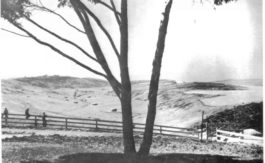Launching your Online Brand
In this world, we are constantly trying to sell ourselves, our knowledge and our experience. This all starts with your online brand. Many business men and woman have invested too much time and money into blogs, iPhone apps, IDX for home searches, search engine optimization, advertisements, online ads, and social media marketing. All these things are great, but do they really help launch your brand? They do if you are using them correctly and marketing to the correct target audience. Here are for major tips from Realtor Magazine, to boost your brand.
1. Get a New Bio
If you wrote your own bio, it was probably a painful experience. It’s an unnatural thing to do, writing about yourself in the third person. But bios have become more important than ever for real estate professionals. Just think about how many places you have one: your Facebook profile, Twitter account, LinkedIn, personal Web site, company Web site, Zillow, Yelp … the list goes on. This is usually the first thing your audience will read when they see your websites, so make it worth their time and to the point.
I would argue a good bio matters, when it matters the most! Google has a free e-book titled the Zero Moment of Truth. It’s about the moment online consumers go from being interested to making a purchase or reaching out to a business. This decision is often driven by your bio. They like your Web site. They like your listings. Do they like you?
Consider hiring a copy writer to compose a new bio for you. A service called eLance can connect you with U.S.-based professional copywriters who have been reviewed openly by their past employers. They specialize in on-demand, one-off work, so it’s a perfect fit for getting a bio done quickly and professionally. Expect to pay about $150.
A great way to collect what should be in the new bio is to survey your existing network using something like Survey Monkey or even building a simple Google Doc form. Ask your past clients, friends, and family what words they think best describe you. Ask your current buyers and sellers exactly why they hired you. The answers and data you collect will help you craft a meaningful new bio that’s relevant and accurate.
Update all of your existing online profiles with your bio.
2. Get a New Logo
Having your business card blown up to the size of a Web site is not a logo. A logo should and can be so much more. The logo your company provides may be great, but it isn’t truly yours either. Understanding that a logo is used in nearly every marketing initiative you will do and on every piece of communication you will send to clients, it’s a great place to start when relaunching. Logos that pop become iconic. Think the Rolling Stones, Nike, and FedEx. Figure out which colors elicit certain emotions and take that into account as you brainstorm. Grab a pen and paper and doodle. Find some of your favorite logos across industries and write out why you love them and what you would like to see comparable in your new logo design.
I’ve had tremendous success with crowdsourced logo design sites like 99Designs and CrowdSpring. As opposed to hiring one designer, you launch an open contest that many can enter and submit logos for. By having hundreds of options instead of a few, you almost always end up with something you like. You can also engage your social networks during the contest for their feedback before selecting (more on the importance of the “pre campaign” in a minute). When using the crowdsourced sites, I highly recommend choosing the most expensive option, which runs around $799 on 99Designs and $1,349 on CrowdSpring. This higher-end bid greatly improves the quality of the entries and designers you will attract to your project.
Hiring a local custom designer is also a great option. It gives you the ability to sit down with them face to face, which is still important for many people. Hiring a custom designer is typically billed out hourly, from about $100 to $250 per hour for good talent, so multiple redesigns and iterations can become expensive quickly.
3. Build a Mobile-Responsive Site and Home Search
If I pull up your Web site on my iPhone and it doesn’t look great and load quickly, I’m out. This is an industrywide challenge for good reason. Any Web site built before 2012 was not truly “built for mobile.” Take advantage of this for your big relaunch. Market the heck out of the fact that you have an iPhone- and Android-optimized Web site with a home search for your town. Most of your competitors do not have these tools in place yet—they will eventually, so get going!
Relaunching your Web site may seem like a time-intensive and truly costly task, but it doesn’t have to be anymore. Check out this site on your phone that was built by Agent Evolution. It’s built on WordPress, so it’s mobile-responsive out of the box, and it has one-click mobile IDX installation as well. The theme is a one-time cost of $50 and the monthly cost to host it, as well as the IDX tool, is about $40 per month. Keep an eye on the start-up Placester and the custom design shop Ha Media, as additional resources focused on mobile-optimized real estate Web sites.
Keep in mind that simply paying for a Web site and IDX is just the beginning. To truly see a return on investment, you will want to have some strategies focused on generating traffic from around the Web consisting of interested buyers and potential sellers. With a new site, you will need to leverage your existing network. Start with sending some mass e-mails to your database of contacts and leads letting them know about it. Be sure to link to one or two very specific features, ideally the best the site offers. Another reliable source of instant traffic is Craigslist. Post simple ads with only one picture, a call to action, and a link to see all of the additional details on your Web site. Many have tried and failed at Craigslist. More often than not, that’s due to putting too much information in the ads. Short, concise ads with a link back to your site works better and also avoids some of the spam that happens by placing your phone number or property address in the ads directly.
4. Build Pre-Launch Buzz
It’s amazing what people will do to be a part of a beta test. Launching is great, but the gold is in the pre-launch. Think about the buzz and anticipation that Apple builds when a new device is coming out. It doesn’t start the day you can buy the device; it starts much earlier. With your relaunch, you will want to follow the same model.
Most real estate Web sites are somewhere between adequate and terrible, but yours will rock. Any buyer or seller who has tried to search a local agent or broker’s site in the last few years has likely been somewhat underwhelmed by the experience. I wish it took more to stand out in our industry in 2013 than a well-designed Web site that worked well on a smartphone and that only focused on getting people to the areas of the site they want quickly, but that’s where we find ourselves. Less is more right now and simplicity that is laser-focused on the end user wins.
Your new logo, bio, and mobile Web presence should be leveraged with your “inner circle” before you relaunch. I used Join.me to share my screen during private one-on-one demos. Call your best past clients and those who refer the most business to you and show them all of these new things before the public can see any of it. I can’t tell you how special this makes people feel. When I launched my start-up Curaytor recently, I did about 150 one-on-one demos of the Web site, before the public even had access. By focusing on my inner circle and making them feel like a part of the journey, they more than returned the favor once the site was live. People will always support what they feel like they helped create. Never forget that.
I also highly recommend using LaunchRock for building early buzz, social and viral growth, and new e-mail opt-ins. LaunchRock provides a very simple “coming soon” landing page that is free to use; anyone can build one. You provide a short teaser and a photo about what you are doing, then offer an incentive to sign up early and socially share the link on Facebook and Twitter. For Curaytor, we simply offered 24-hour early access to the site and people loved it. We generated 2,000 e-mail addresses before we even turned on the site! This fresh and interested e-mail “list” got us 70 percent open rates and 40 percent click-through rates when we sent them the access we promised. Those are nearly unheard-of results in the e-mail marketing world.
One of the biggest mistakes companies make online is investing in expensive new tools and technologies for their clients, but then spending little to no time on any “coming soon” marketing. The best chance to build buzz in 2013 may just be before your launch.
The Inman Team









